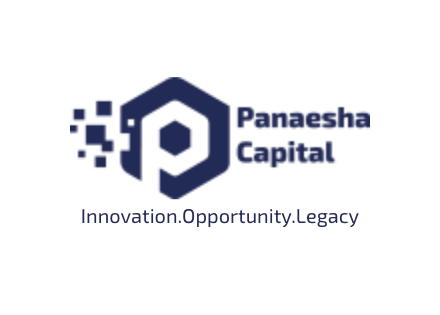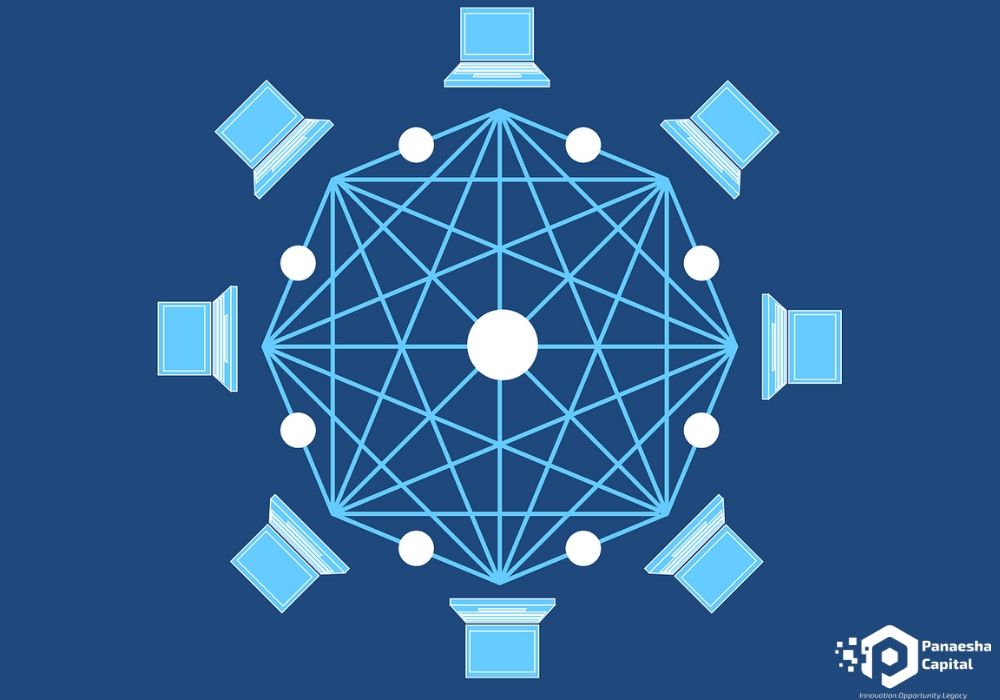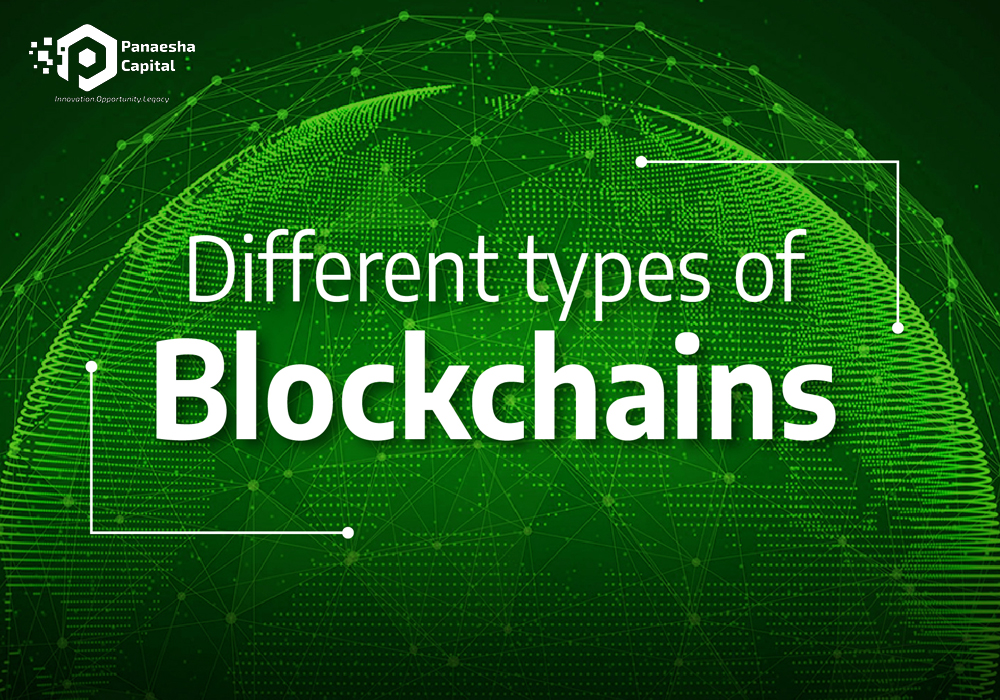When we compare transactions of Visa and MasterCard with bitcoins and Etherum it is found that transactions on these coins are not fast enough for day to day transactions. That’s why the developers of blockchains and cryptocurrency are trying to improve the speed of transactions in the blockchain and Sharding is one such method.
The promise of immutable record and decentralization makes blockchain one of the extremely powerful innovative technology in recent years. The famous cryptocurrencies like Bitcoin and Ethereum are its most prominent applications. The Fintech companies were also quick to understand the value it can offer outside cryptocurrencies. During recent months, multiple companies outside of Fintech have understood the value of the blockchain. They are working on disrupting the industry verticals they are in with the help of blockchain technology.
For blockchain to be universal; Scalability, Latency and Low Throughput issues need to be addressed. Most of the public blockchains have a very secure means of ensuring data integrity. There is no possibility of deletion or modification in existing blockchains. In a permissionless public blockchain environment, Blockchain can only be updated by the addition of a new block and any computer in the network can do so. This all can be done with the help of a consensus mechanism.
Proof of work(POW) algorithm mechanism is the widely used consensus mechanism. Hence a miner(a combination of powerfully designed hardware, special-purpose software and their user), can add a new block that too only after solving a complex cryptographical puzzle. A miner has to complete a large number of crunching operations at high speed, in a competitive environment and the POW algorithm requires the majority of the participating nodes to approve this transaction.
In a decentralized network, no one can steal the computing power of the majority of the nodes, making stealing blockchain economically non-viable. While the entire information on every node on the blockchain and the POW consensus algorithms make blockchain very permanent and secure. The design principles also impact scalability and transaction throughput adversely. As blockchains grow with a higher number of transaction there is an increasing node on each node. The increasing nodes and their participation in transaction validation makes the transaction process really slow.
Sharding: Solving issues of scalability, latency and transaction throughput in Blockchain
Sharding is a concept used widely in databases, to make them more efficient. A shard is a horizontal portion in a database, with each shard stored in a separate server instance. This helps divide the load and make the database more efficient. In a blockchain, each node will have only a part of the data on the blockchain but not the entire information when sharding is implemented.
To keep the decentralization in a shard, a shard maintains information only on that shard in a shared manner. Since each node doesn’t load the information on the entire blockchain, this helps in scalability.
Now, since each node will have information of only a shard that it belongs it. It will not feasible for that node to be involved in validating the entire transaction using PoW consensus. This is where Blockchain that uses Sharding adopt PoS algorithm. PoS refers to Proof of Stake which means that the designated nodes in the network have the responsibility to validate that transaction. These designated nodes are known as ‘Stakers’ because they keep some of their crypto tokens as stake to validate the transaction. Upon the transaction validation, the Staker may earn part of full of its transaction fees. Here, the more a Staker keep at stake, the longer will be the duration and the node gets to validate a higher number of transactions.
PoS has the following advantages over PoW:-
- The transaction is validated by Only designated nodes and not the entire network;
- There’s no mining, hence, expensive special-purpose hardware is not needed, besides when the energy requirements are low;
- It’s easy to identify validators with high loyalty by identifying the ones who have staked higher crypto tokens and have a longer duration.
Hence, PoS proves more fruitful when Sharding is used in Blockchain.
Usage & Scope of Sharding in a Blockchain
Sharding is a somewhat new concept in the blockchain. Some projects that integrated the sharding concept include Shard Coin (SHARD). Telegram Open Network(TON), a potentially important project which was in the private token sale phase, has plans of using sharding to ensure the higher speed of transactions.
Sharding’s wider adoption requires the blockchain and crypto developers to work on an important aspect. While the communication between nodes within a shard is smooth, the inter-shard communication is currently not an easy task and requires the development of a separate protocol. To address this key requirement will potentially result in wider adaption of sharding, and in turn, will help blockchain expand its scalability and have a higher transaction throughput.




